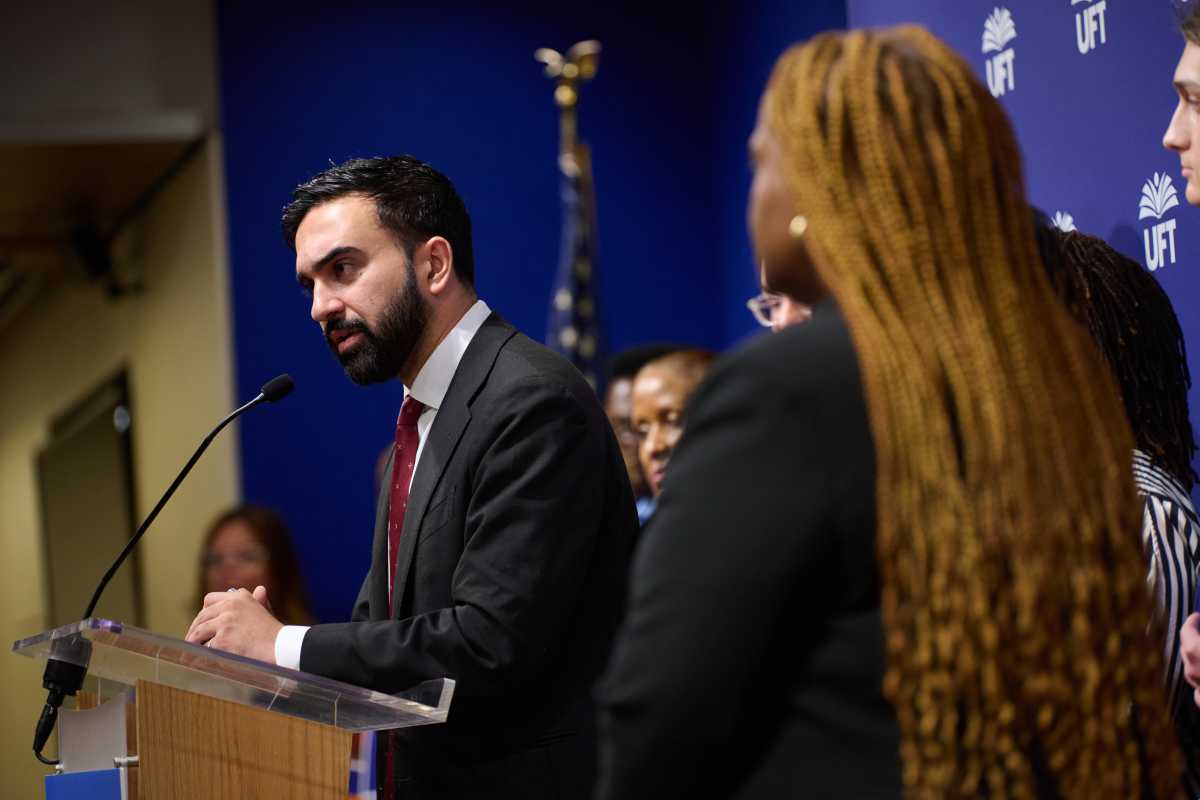Two weeks ago, legislation was introduced that would increase the number of street vendors in our communities. Former Council Speaker Melissa Mark-Viverito failed to pass a similar law in the waning days of her term in December 2017. This renewed effort should also be dead on arrival because allowing more vendors on our sidewalks without reforming our city’s street vending flaws would be bad for many neighborhood’s brick-and mortar businesses.
The current proposed legislation (Intro 1116–2018), sponsored by Councilwoman Margaret Chin of Manhattan, “would gradually expand the number of permits to vend foods on the streets and sidewalks of New York City.” Specifically, 400 new licenses would be issued every year beginning in 2019 until 2028. Currently, there is a cap of about 5,000 street vending licenses, but Sean Basinski, Director of the Street Vendor Project at the Urban Justice Center, estimates there are actually between 10,000 and 12,000 food vendors when accounting for those operating without a license.
In addition to dealing with the thousands of street vendors operating illegally and the inherent unfair competition that brick-and-mortar businesses face from these vendors, there are also many other problems with our system for regulating this industry that must be addressed before we entertain lifting the current cap.
Ironically, many of the same members of the Council that are pushing to increase the number of vendors are the same ones that voted to place a moratorium on the number of Uber and Lyft vehicles on our streets until the city can evaluate how the increase of for-hire vehicles is impacting traffic and the taxi industry. The same logic should prevail here.
There are many reasons why street vendors, particularly those that sell food, place brick-and-mortar businesses at a competitive disadvantage. For example, street vendors don’t pay rent or insurance premiums and do not face the constant barrage of city, state, and federal regulations with inspectors itching to dole out hefty fines for violations. As a result, street vendors, who are too often just a stone’s throw from a business, can sell similar products for much less.
The mom-and-pop shops we all grew up with are also facing extraordinary increases in the minimum wage, with it soon going up to $15 per hour. They also are dealing with the continued growth of internet home delivery services like Fresh Direct and Amazon. Allowing more street vendors could be a death knell for some.
Mobile food carts’ often unsanitary conditions must also be addressed before expansion. Think about it: When was the last time you saw a sink at your local produce or food cart? Our neighborhood restaurants must follow strict health and safety regulations to protect customers and employees. Street food vendors face no such scrutiny or fines.
Neighborhoods face quality-of-life issues relating to more street vendors on their blocks. Our commercial areas are tight enough, and having street carts also on the sidewalks increases both traffic and litter. Last year, Manhattan Community Board 8’s Street Vendor Committee noted the additional litter and sidewalk congestion associated with these unregulated vendors in their opposition to increasing the number of licenses. Additionally, several years ago Brooklyn Community Board 10 and the 86th Street Business Improvement District in Bay Ridge requested including food carts in the street’s vendor-free zone because of these same issues.
During last year’s debate about expanding the permits, New York City Business Improvement District Association President Robert Benfatto summed the core issue up best when he said, “merely lifting the cap to garner more opportunities for street vendors — a worthy goal — without addressing the concerns of public space and the dire economic straits of brick-and-mortar retail helps no one.”
In addition to expanding the number of street vendors, the bill also includes creating an office of street vendor enforcement. This is sorely needed, as no one seems to take responsibility for dealing with street vendors in city government. Creating and enforcing logical rules like ensuring a produce cart doesn’t set up shop right outside a supermarket is the first step to real reform. There are plenty of communities where there is a shortage of establishments that sell food where street vendors would make sense and be welcomed with open arms and not jeopardize established businesses.
Also included in the bill is the creation of a street vendor advisory board, which is another beneficial idea. We should pass these two parts of the bill and hold off on increasing the number of street vendors to review how a reformed modern street vending system works.
Bob Capano is the Chairman of the Brooklyn Reform Party and has worked for Republican and Democrat elected officials.























